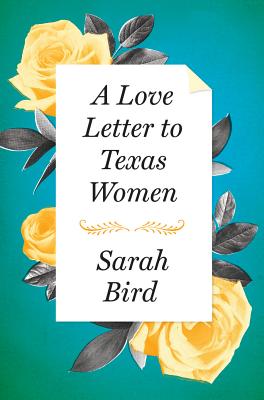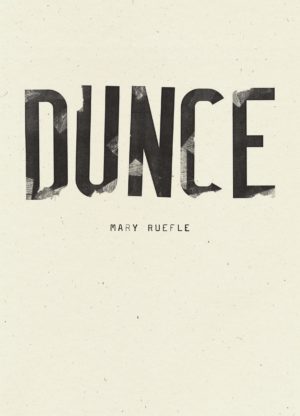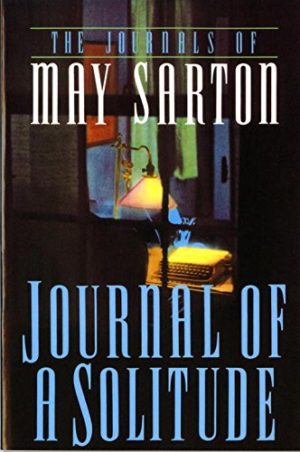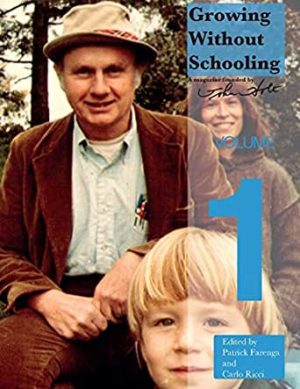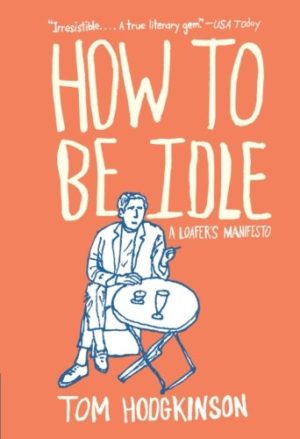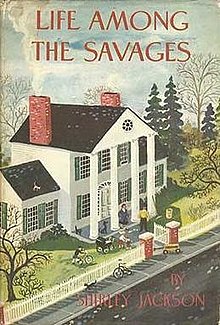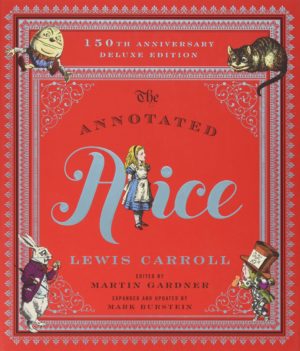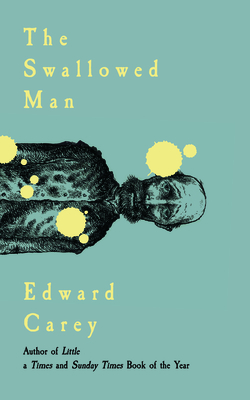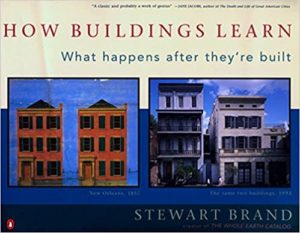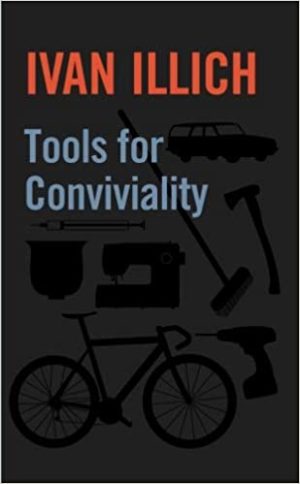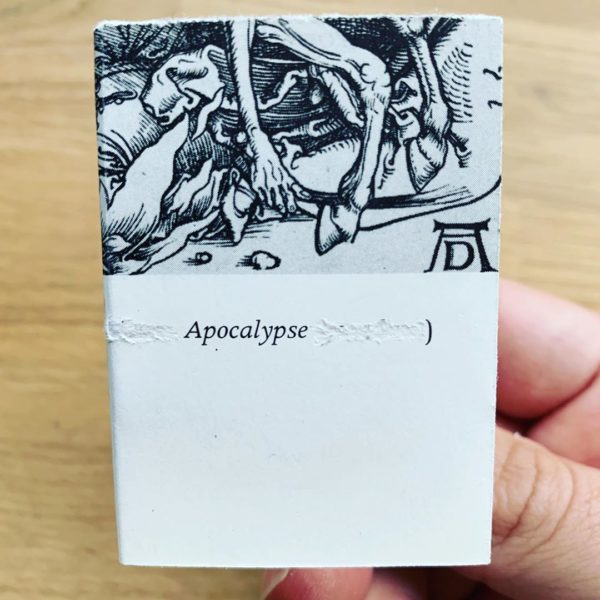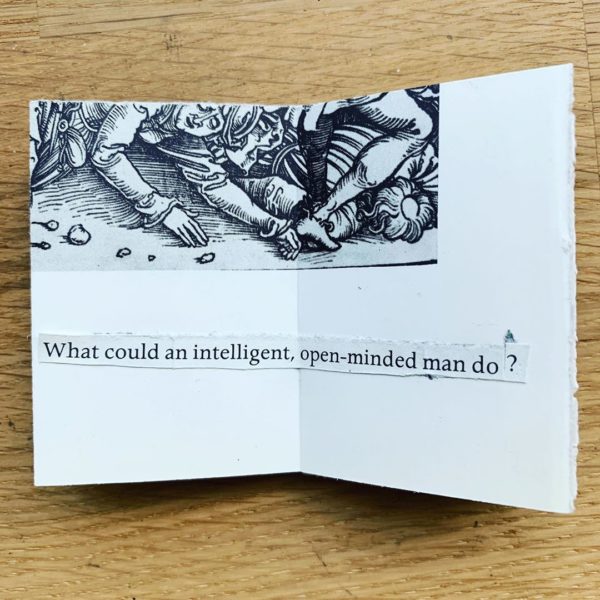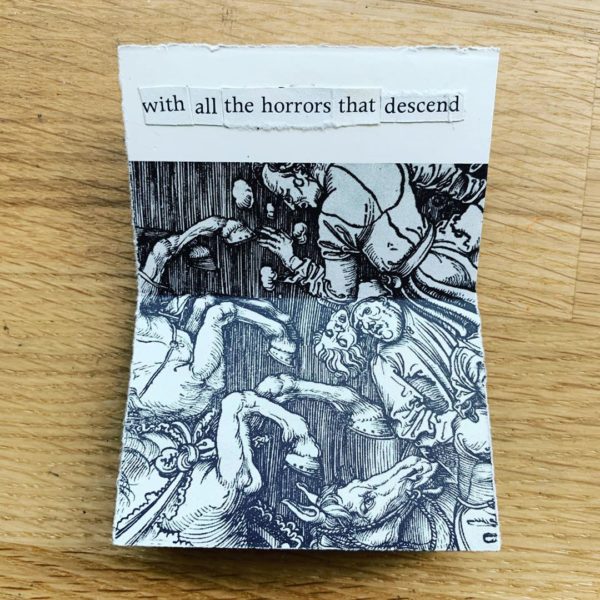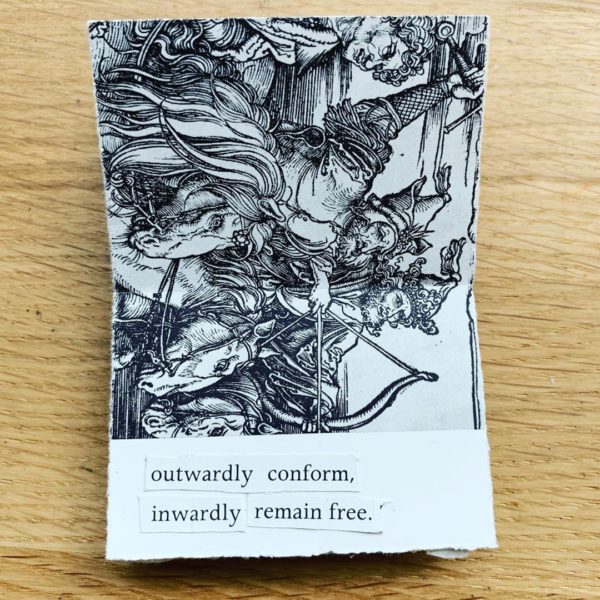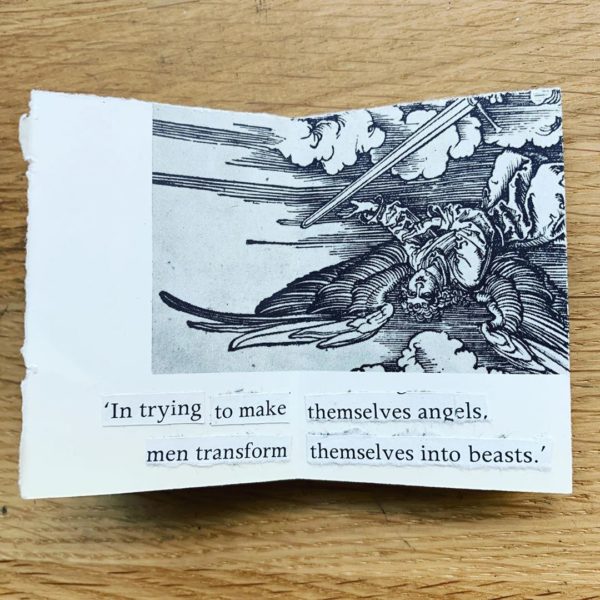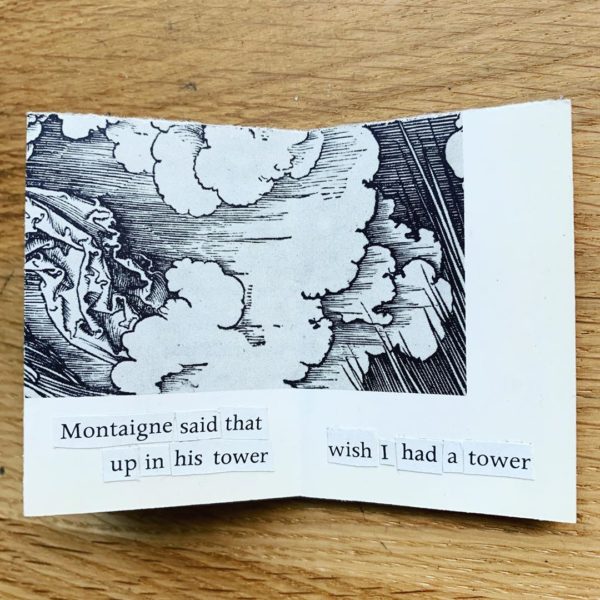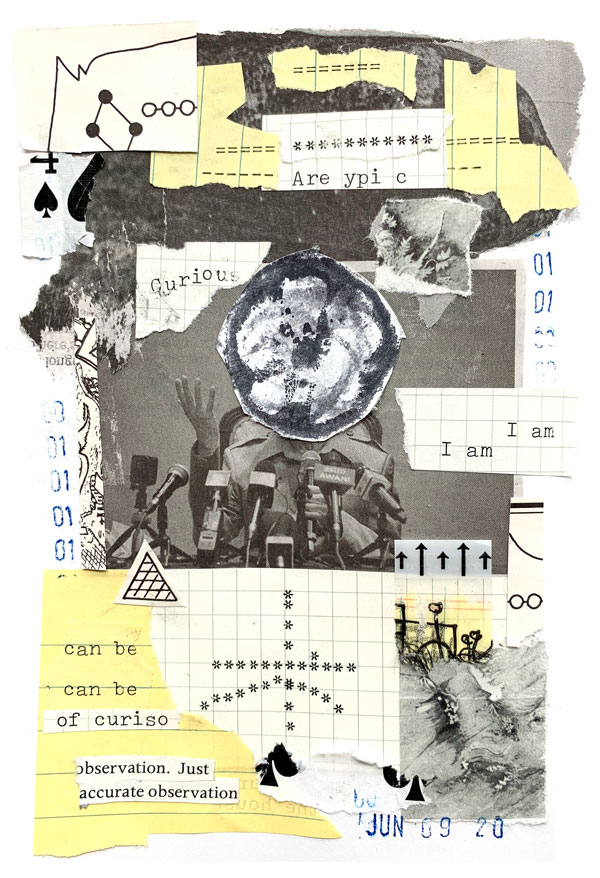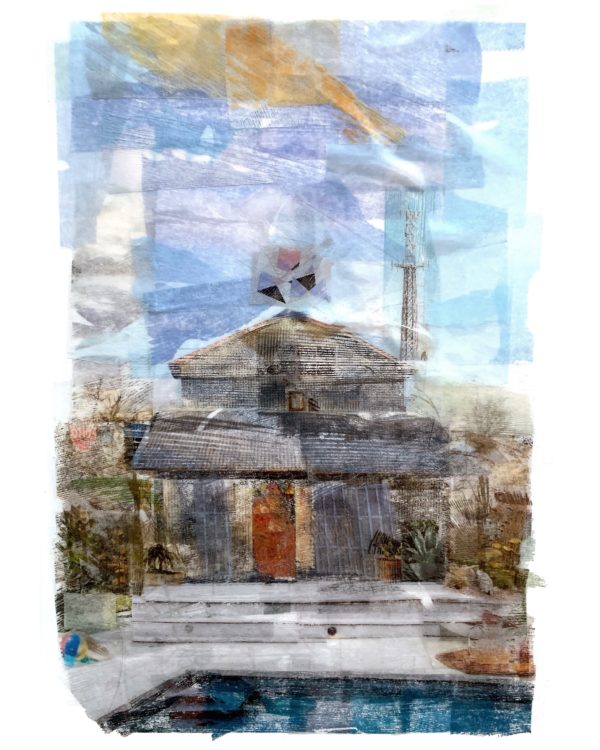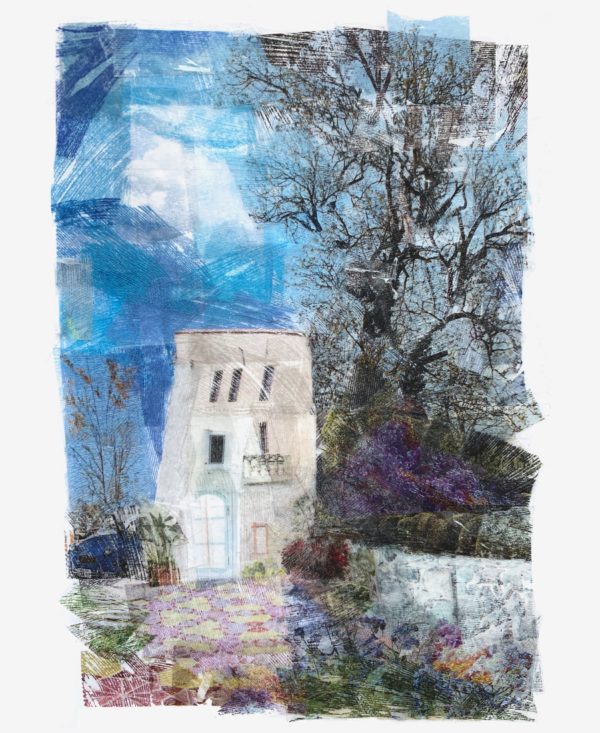
I spent the first 100 days of quarantine on fun, repeatable daily projects: blind contour drawings, mini zines, and collage houses.
These have been needed and welcome distractions but they’ve also been productive procrastinations from the big project I’ve been avoiding: The New Book.
I plan to spend the next 100 days chasing a first draft. I’m saying this out loud for accountability, so I’ll stick to it, and also because it means things might get a little quiet around here and on social media. (Or, a little choppier, a little more fragmented. More bits and bobs and snapshots. I don’t know yet. I’ve been reading Yoshida Kinkō’s Essays in Idleness, which may become an inspiration.)
As always, thanks for reading. I’ll still be sending out my weekly newsletter no matter what, so if you haven’t already, I encourage you to subscribe.
